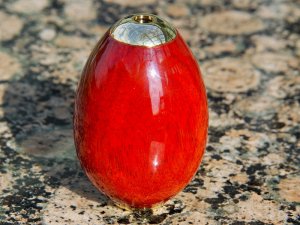pierre2342
Member
Hi,
I have just recently started to make pens, and facing this CA finishing problem.
After watching hundreds of clips on YouTube about CA finish, since they all make it appear to be an easy process, I decided to give it a try.
The problem I am having is as soon as I apply the CA accelerator (not the spray can but the pump), the pen instantly turn cloudy/foggy white. With sanding, I can get rid of this white aspect, but I wonder what I am doing wrong.
Without the CA accelerator (Satellite City to not name it), I get good results, but I need to wait 5 minutes between each coat, which makes it a long process for a single pen …
I tried it on different type of wood, tried thin and medium CA, and running at low speed (500rpm) but no avail yet.
Any suggestions?
I have just recently started to make pens, and facing this CA finishing problem.
After watching hundreds of clips on YouTube about CA finish, since they all make it appear to be an easy process, I decided to give it a try.
The problem I am having is as soon as I apply the CA accelerator (not the spray can but the pump), the pen instantly turn cloudy/foggy white. With sanding, I can get rid of this white aspect, but I wonder what I am doing wrong.
Without the CA accelerator (Satellite City to not name it), I get good results, but I need to wait 5 minutes between each coat, which makes it a long process for a single pen …
I tried it on different type of wood, tried thin and medium CA, and running at low speed (500rpm) but no avail yet.
Any suggestions?

